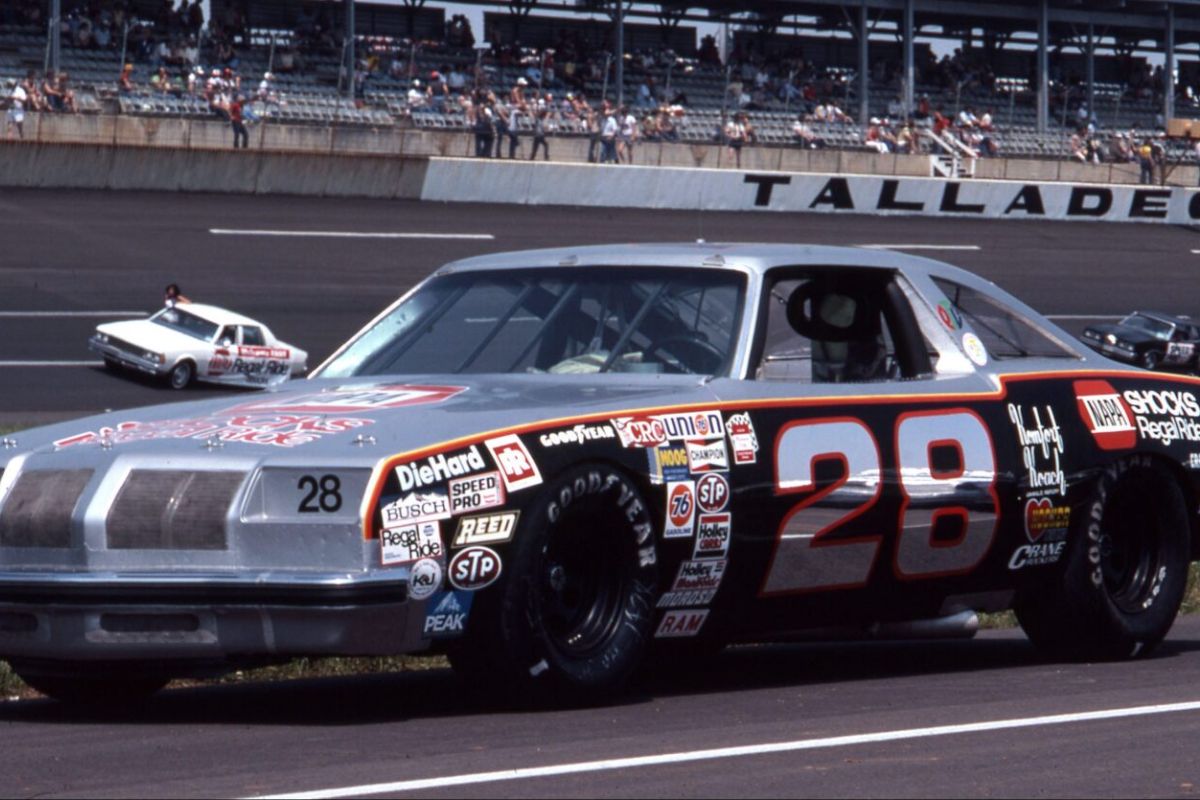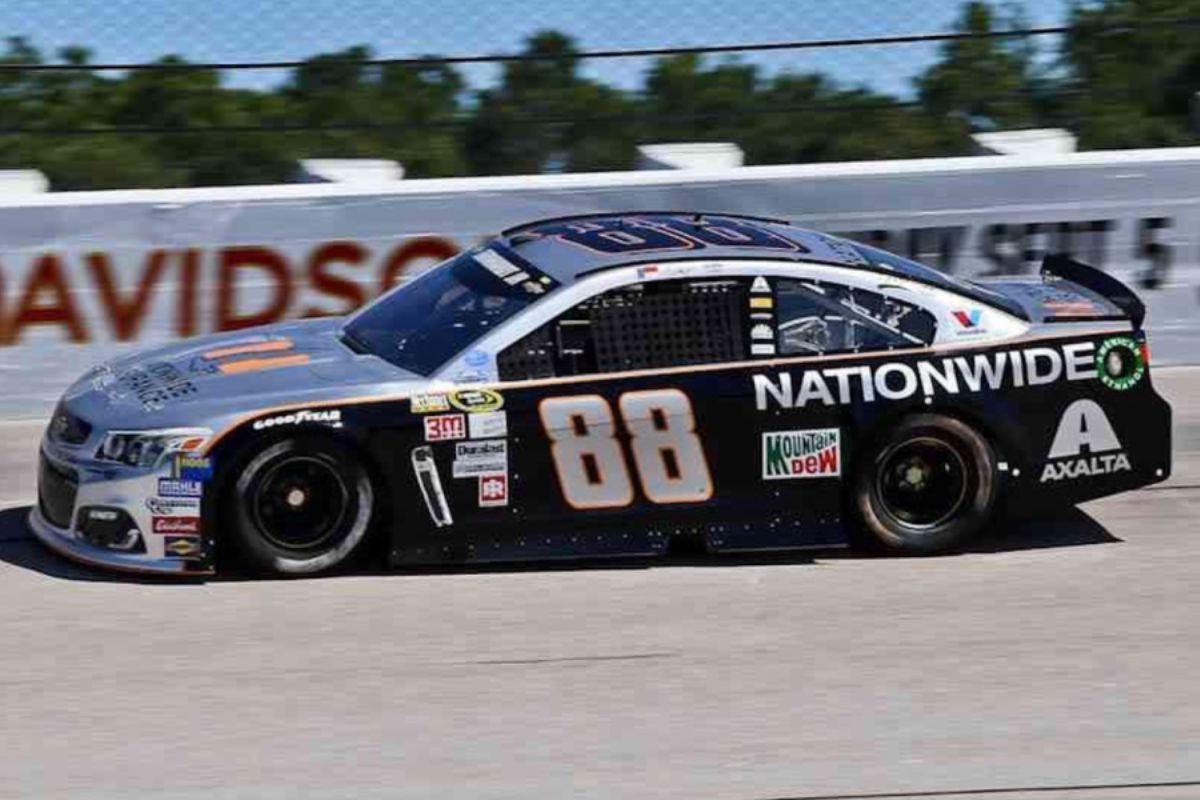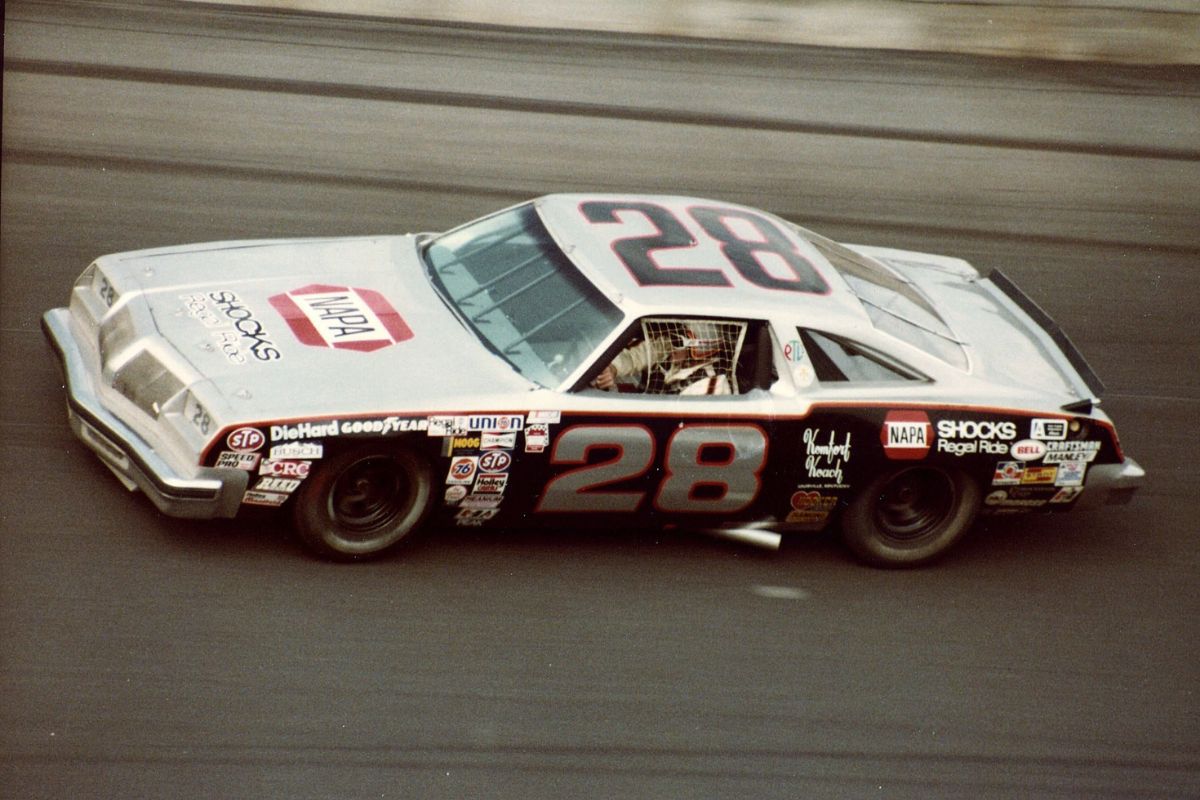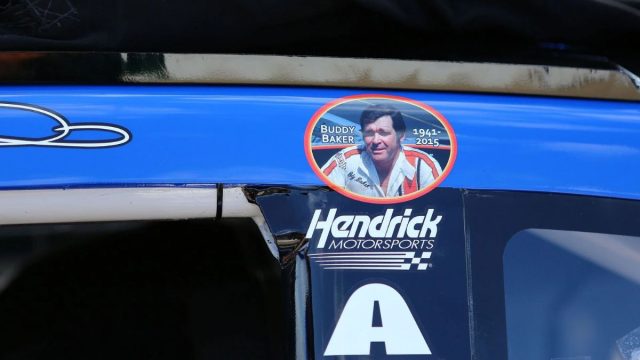The Legendary Gray Ghost: The Gray Ghost, a mysterious force that once prowled the tracks of NASCAR, has long fascinated enthusiasts with its enigmatic presence. With its silver hue blending seamlessly with the asphalt, this legendary vehicle left a trail of awe and speculation in its wake.
From its humble beginnings to its meteoric rise to fame, the Gray Ghost’s story is shrouded in secrecy and intrigue. As the tale unfolds, the true essence of this enigmatic machine emerges, revealing a narrative that transcends mere racing folklore.
Key Takeaways
- Enigmatic origins and an enduring legacy captivate enthusiasts with its mysterious moniker and innovative design.
- Racing successes from obscurity to fame, marked by historic wins and strategic brilliance.
- Tactical advantage through camouflage revolutionized racing, showcasing mastery in deception on the track.
- Regulatory changes marked the end of an era, but the Gray Ghost’s legacy remains a symbol of innovation.
The Legend of the Gray Ghost
The enigmatic origins and enduring legacy of the Gray Ghost in NASCAR folklore continue to captivate racing enthusiasts and historians alike. This legendary car earned its mysterious moniker due to its elusive nature on the track, blending into the background before surprising rivals with its lightning speed. Crafted by the masterful hands of Waddell Wilson, the Gray Ghost was not just a vehicle but a symbol of innovation and ingenuity in the world of racing.
One of the Gray Ghost’s secrets to success lay in its speed secrets, meticulously tinkered with by Wilson to give it a competitive edge. This car wasn’t just about raw power; it was about finesse and strategy, making it a formidable opponent on the NASCAR circuit. The Gray Ghost also found itself entangled in fierce racing rivalries, adding layers of drama and excitement to its already captivating story.
Historic photos immortalize the Gray Ghost’s presence on the track, showcasing its sleek design and undeniable presence. Despite its mysterious aura, the Gray Ghost was a fan favourite, drawing admiration and awe from spectators who witnessed its prowess firsthand.

Racing Successes: From Obscurity to Fame
Racing from the shadows of obscurity into the spotlight of fame, the Gray Ghost’s journey in NASCAR is a testament to perseverance and skill. The transition from the No. 54 Raniér Racing Oldsmobile to the iconic No. 28 driven by Buddy Baker saw a remarkable surge in performance. Baker’s historic win at the 1980 Daytona 500, where he shattered speed records, catapulted the Gray Ghost into the annals of racing history.
| Key Aspect | Description |
|---|---|
| Racing Strategy | The Gray Ghost’s strategic approach to races involved a blend of speed, precision, and timing. |
| Team Dynamics | The collaboration between driver, crew, and engineers was pivotal in the Gray Ghost’s success. |
| Competition Challenges | Overcoming fierce competitors tested the Gray Ghost’s capabilities and resilience on the track. |
| Driver Skill | Buddy Baker’s exceptional driving skills and ability to adapt to different tracks were crucial. |
| Historical Impact | The Gray Ghost’s victories left an indelible mark, inspiring future generations of racers. |
Tactical Advantage: The Art of Disguise
Emerging as a strategic masterstroke within NASCAR’s realm, the Gray Ghost’s tactical advantage through the art of disguise revolutionized the perception of racing ingenuity. This legendary car’s stealthy manoeuvres and camouflage strategy allowed it to blend seamlessly with the surroundings, giving it a tactical advantage over its rivals. The deceptive grey paint, meticulously designed to match the racetrack surface, enabled Baker to execute covert operations on the track, catching competitors off guard.
The Gray Ghost’s ability to deceive through its paint scheme was not just a visual illusion but a strategic advantage that set it apart in the world of NASCAR. Baker’s mastery in utilizing this camouflage strategy showcased the level of sophistication involved in racing tactics. The strategic use of deceptive paint was not merely a cosmetic choice but a calculated move that enhanced the Gray Ghost’s performance on the track. In the high-stakes world of NASCAR, where every second counts, the Gray Ghost’s tactical advantage through the art of disguise proved to be a game-changer.

Regulatory Changes: The End of an Era
With the enforcement of new regulations by NASCAR officials, the Gray Ghost’s era of tactical advantage through camouflage came to a close. The introduction of Day-Glo decals marked a significant shift, addressing visibility concerns and ending the decal controversy that surrounded the Gray Ghost. Despite the regulatory changes that stripped away its unique disguise, the Gray Ghost’s historical significance remained intact. This legendary car had made an indelible impact on NASCAR, known for its unparalleled speed and strategic prowess on the track.
The Gray Ghost’s legacy was not solely defined by its camouflage but also by the way it pushed the boundaries of racing innovation. Its presence on the track was a reminder of a bygone era when tactics like camouflage were permissible. The transition away from such methods only served to solidify the Gray Ghost’s place in NASCAR history, ensuring its legacy preservation for generations to come.
Enduring Legacy: Honoring a Racing Icon
The enduring legacy of a revered racing icon is a testament to its lasting impact on the NASCAR community and its continued influence on the sport’s history. The Gray Ghost, with its iconic paint scheme and dominant presence, stands as an enduring symbol of speed and excellence on the racetrack.
Here are some key aspects highlighting the Gray Ghost’s racing heritage:
- Legendary Tribute: Dale Earnhardt Jr.’s 2016 throwback paint scheme at Darlington Raceway paid homage to Buddy Baker’s No. 28, immortalizing the Gray Ghost in NASCAR history.
- Iconic Paint Scheme: The Gray Ghost’s distinctive silver and black design continues to captivate fans and drivers alike, embodying a sense of nostalgia and admiration for a bygone era.
- Enduring Symbol: Despite the passage of time, the Gray Ghost remains a powerful symbol of racing prowess and innovation, inspiring future generations of drivers and fans.
- Dominant Presence: The Gray Ghost’s legacy as a symbol of speed and dominance serves as a reminder of the remarkable achievements and lasting impact of Buddy Baker and his iconic race car.
Conclusion of the Legendary Gray Ghost
In conclusion, the Gray Ghost remains a legendary figure in NASCAR history, known for its stealthy tactics and racing successes. Despite regulatory changes that ended its era of dominance, the enduring legacy of the Gray Ghost continues to be honoured in the world of racing.
Its story serves as a reminder of the art of disguise and the impact of strategic thinking in the world of motorsports.

Our Reader’s Queries
Q. Who drove the GREY Ghost?
A. Buddy Baker, an esteemed Hall of Famer, clinched triumph in the 1980 Daytona 500, steering the iconic “Gray Ghost” Oldsmobile to victory. Remarkably, he set a speed record of 177.602 mph, a feat that endures as an unbroken milestone to this day.
Q. What car broke the 200 mph record in NASCAR?
A. DC-93 made history as the inaugural car to complete a closed course lap exceeding 200 miles per hour. On March 24, 1970, at the Alabama International Motor Speedway (now Talladega Superspeedway), NASCAR Hall of Famer Buddy Baker achieved a remarkable lap speed of 200.447 mph in this aerodynamically advanced, high-winged Dodge with a sleek swooped-nose design.
Q. How many cars did Ross Chastain pass?
A. Chastain defied expectations at Martinsville Speedway, navigating the last corner without lifting. Surging past five cars, he shattered the track record, securing the coveted transfer spot from Denny Hamlin while skillfully riding against the outside wall. This audacious move not only stunned the world but also garnered over 100 million views on social media, making it a viral sensation.
Q. Who was the first driver to break 200 mph?
A. Celebrate NASCAR’s 75th anniversary by revisiting the historic occasion when Buddy Baker etched his name in the annals of racing history, becoming the first to break the 200 mph speed barrier at Talladega.
ALSO READ: Waddell Wilson Hall of Fame Crew Chief Uncovers NASCAR’s Secrets!
